“They're fugitive entities,” says Tom Bigelow. “It rains and they're out for a couple of days and they're gone. They might come out one year, and for whatever reason—it's too cold or warm or too wet or dry, and they don't come out. You might see one once in your life.”
For the record, he’s talking about mushrooms.
[quote position="left" is_quote="true"]They're fugitive entities.[/quote]
Like many people interested in mycology, the study of fungi, Bigelow was initially interested in edible mushrooms. His friend Colin Alevras owned the now-closed Tasting Room, an early farm-to-table restaurant with mushrooms as a big part of their program. Alevras worked with a forager who sold at the Union Square Farmers Market and who “threw his net very wide as far as what's edible.” While many mushrooms are fit for human consumption, they are loosely ranked as “fair, good, or choice,” depending on flavor profile and texture. Some people are simply more willing to experiment with slimy or fibrous mushrooms. Bigelow joined the New York Mycological Society, a member-based group of people interested in studying and eating mushrooms, to learn more. He is now the Club’s President.
Bigelow described three iterations of a New York City-based mushroom club. The first one, active from around the 1880s to the early 1920s, was led by Lucian Marcus Underwood, who worked at the New York Botanical Garden and wrote a popular and specialized mushroom field guide in 1889. After a series of bad investments, Underwood attempted to murder his wife and daughter, then killed himself. Not surprisingly, the club disbanded.
There are records of another, shorter-lived incarnation. Then, in the 1960s, composer John Cage told the New School that he would only teach music composition if he could also teach a mushroom identification class; he believed that mycology helped composition students observe the world differently.
“They challenge your perception, sorting out these very subtle shades of drab colors,” says Bigelow. “Mushrooms are hard. They're really, really difficult.”
And that's part of the appeal. Going out to different parks in the city, exploring, carefully observing where other people pass by. Bigelow spotted a Volvariella bombycina, an uncommon but widespread good edible, growing wild once in his life—on a main drag in Crown Heights.
[new_image position="standard large" id="null"]Ethan Crenson out foraging. Photo by Jess Powers[/new_image]
Cage and his friends organized the club on anarchist principles of an unstructured, self-organized community. “The founding doctrine is that 'there shall be no rules',” Ethan Crenson, who helps organize excursions for NYMS, says. He was a vegan for 13 years whose “diet shifted towards the mainstream” after the birth of his son—but he still craved new eating experiences.
“Wild goes beyond the small palette of flavors” of commercially produced mushrooms like buttons, portobellos, oysters, and shitakes, he says. The NYMS grew out of that initial class, which started with about a dozen students and friends and grew to its current membership of about 400. “It's a creative, kind of spectacular environment.”
The club attracts young and old members—but all of them are unique. “Some cranks... odd souls with an artistic bent, who are also cosmopolitan,” Crenson says of the group’s composition. “To see something and say, 'Can I eat that?' There's a quality of a treasure hunter.”
[quote position="full" is_quote="true"]To see something and say, 'Can I eat that?' There's a quality of a treasure hunter.[/quote]
For club members who enjoy mycophagy, or the eating of mushrooms, there’s an Annual Banquet in the winter, weekend forays, ID sessions, a chanterelle weekend in Vermont, and the ongoing exchange of ideas and recipes.
Club member Claudine Michaud, with her French accent and an antiquated bike helmet, is the natural cook of the group. She found that marinating chicken mushrooms—which absorb a ton of butter when cooking—in milk first inhibits the uptake of butter. I tried an incredible jerky she made with plentiful hen of the woods, marinated in soy and spices. Members share samples, tips, and recipes at meetings and in the club newsletter; some events are focused on finding choice edibles.
[quote position="full" is_quote="false"]Mushroom poisoning occurs far less frequently than other forms of food poisoning, but symptoms range from gastrointestinal distress to kidney failure or even death when left untreated.[/quote]
When you talk about eating the fruits of the forest, the first question most people have is about safety. Mushroom poisoning occurs far less frequently than other forms of food poisoning, but symptoms range from gastrointestinal distress to kidney failure or even death when left untreated. Mistaken identification is the culprit in 95% of cases, including confusing an edible mushroom with a toxic lookalike or relying on the internet for identification help. Clubs like NYMS provide opportunities for mentorship or help with identification by more experienced collectors. Additionally, some members won't eat mushrooms out of a NYC park because of the use of glyphosates, or Monsanto's Roundup. Pesticides are used in cemeteries, too, so some people venture off main paths, while others simply accept that exposure through limited quantities is part of life today.
Robert Peabody was a member of a New Jersey club who was “very fond of morels,” Crenson says. Morels grow well in overgrown, disused apple orchards. Peabody obtained a series of US Geological Survey maps, marked the orchards, and collected abundantly from the sites in the region for decades. The problem was that until the 1970s, apple orchards used lead arsenic as a pesticide.
“It's unclear,” Crenson continues, “if the dangers were fully understood at the time, that mushrooms absorb heavy metals. His health declined, and eventually he died [in 2007].” As a result, amateurs and scientists collected soil samples from orchards and the latter determined that “levels of lead in M. esculenta [morels] from contaminated apple orchards were sufficiently elevated to pose potential health risks.”
“Morel season drives me crazy because it's so single-minded,” Bigelow says. His interests are broad and far-reaching: the role that fungi play in the environment, for example, or attempting to survey all the fungi in New York City. He marvels at places like Woodlawn Cemetery, where exotic trees and shrubs bring fungi from Europe or Asia in their root balls, or the role of climate change in bringing new species to New York from the South.
[quote position="right" is_quote="true"]“It's really shaking up the fungal taxonomy right now. Groups are getting split up, things are getting moved around, relationships are being revealed that aren't visible.[/quote]
Other members are interested in mycoreremediation (using fungi to sequester contaminants in the environment), home cultivation or growing mushrooms, creating art from fungi, or medicinal mushrooms. Bigelow hopes that the club will get more involved in citizen science by having a budget to sequence fungi that they find; there are now reasonably affordable blotter paper cards impregnated with chemical agents for extracting DNA called Whatman cards. Clubs can collect samples and have them sequenced: “It's really shaking up the fungal taxonomy right now. Groups are getting split up, things are getting moved around, relationships are being revealed that aren't visible. Having clubs that go out as regularly as we do, we're able to do a lot of field work.”
Roughly 600 species of fungi have already been recorded in the city—that's more than the number of Pokémon out there. Whatever your interest in mushrooms, says Crenson, “everyone should join the club.” It will encourage you to look at the world a bit differently.














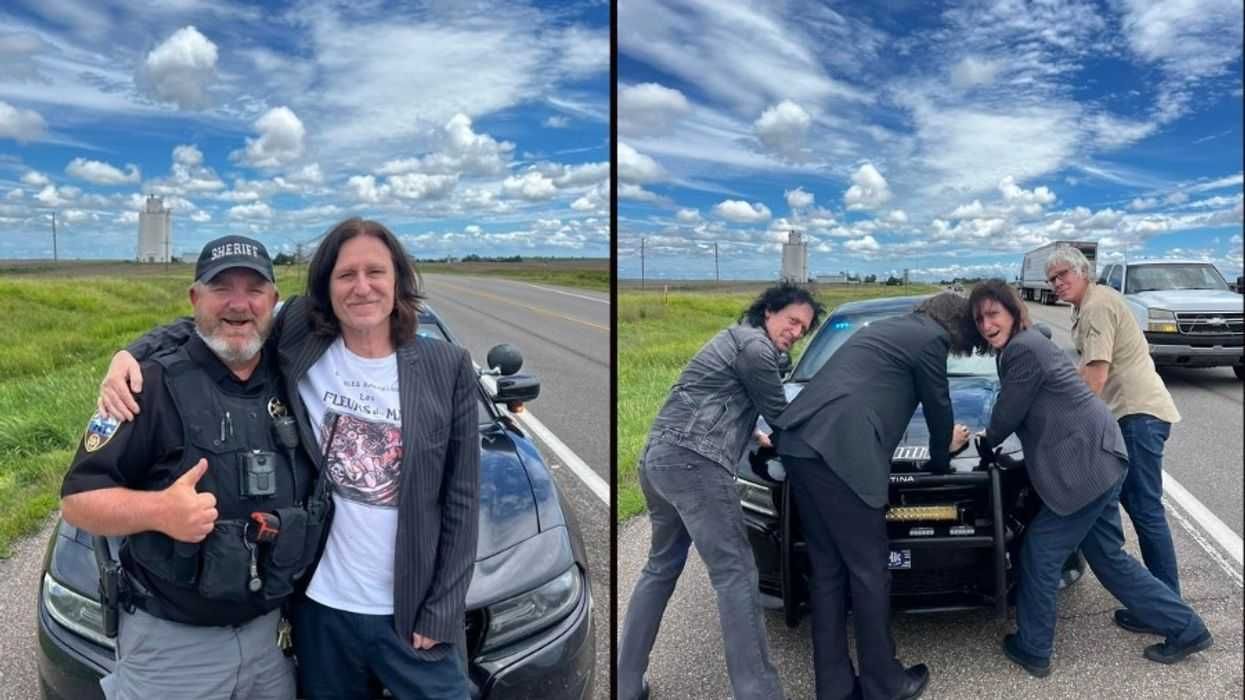
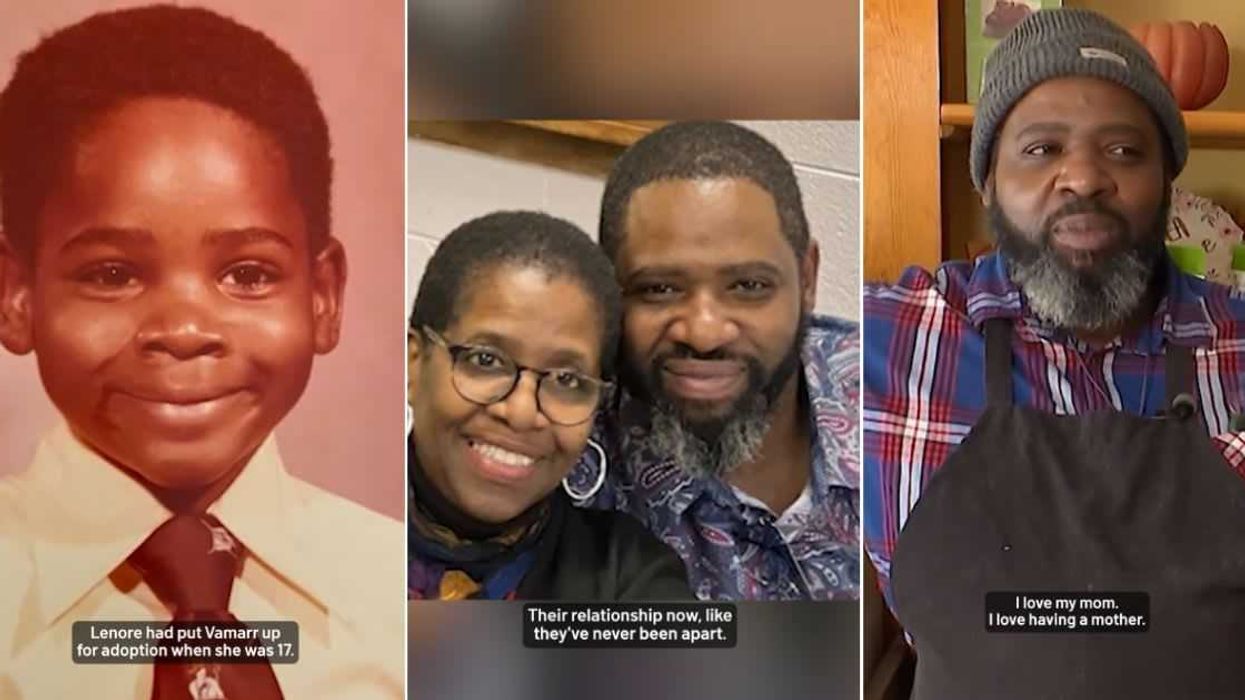
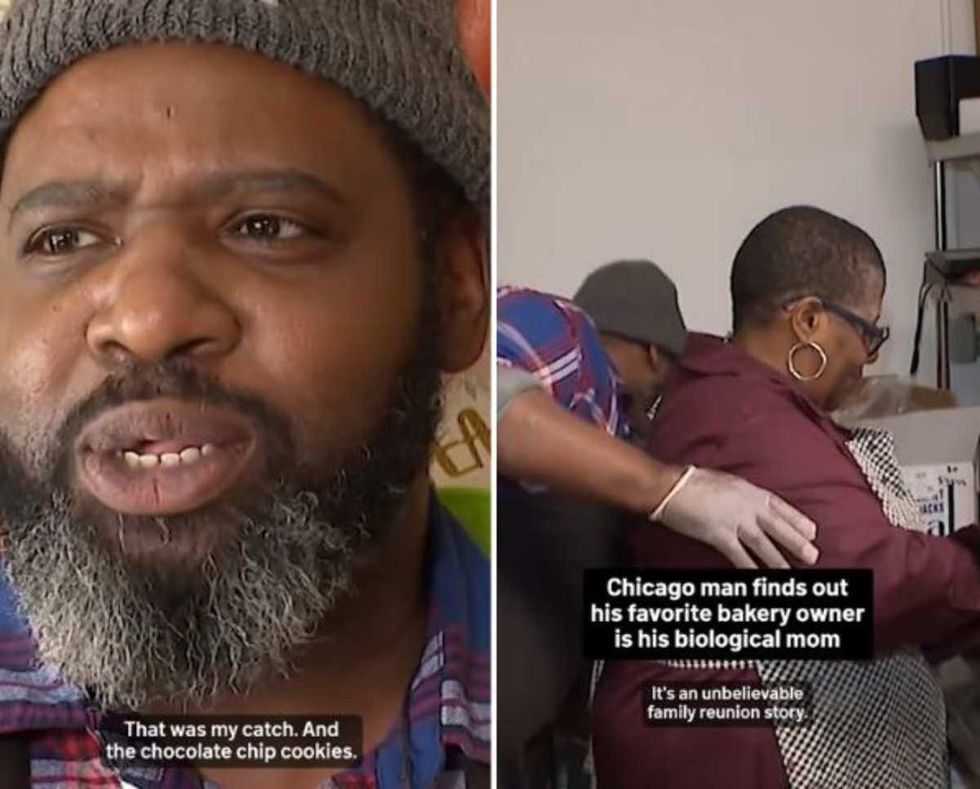 Screenshots of the man talking to the camera and with his momTikTok |
Screenshots of the man talking to the camera and with his momTikTok | 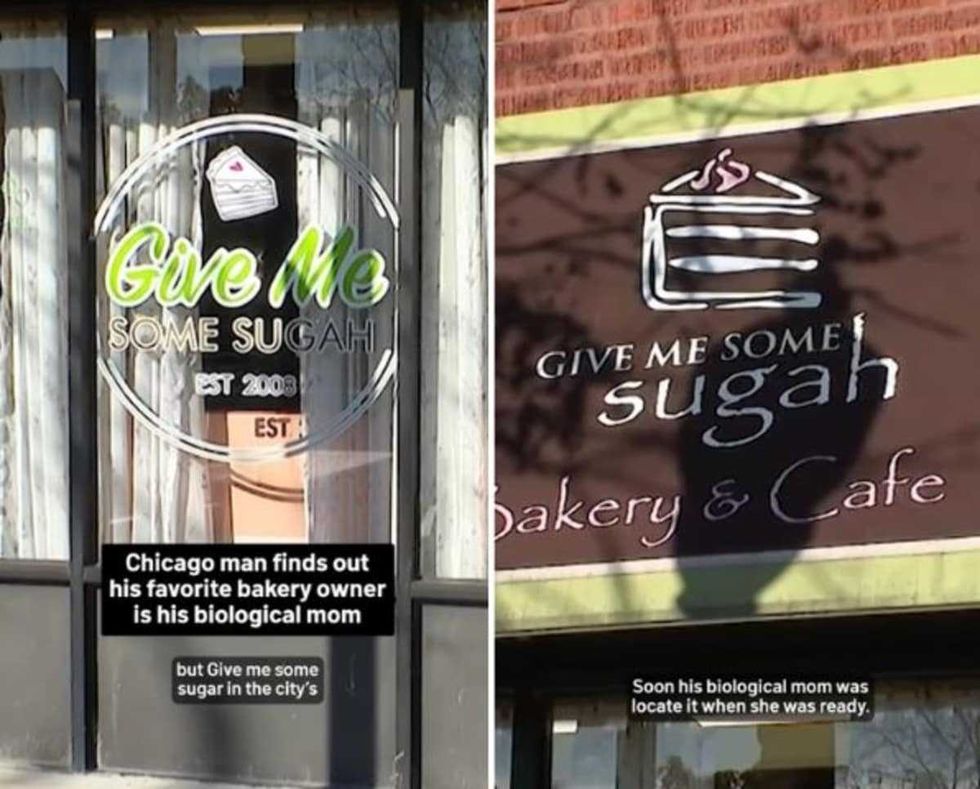 Screenshots of the bakery Image Source: TikTok |
Screenshots of the bakery Image Source: TikTok | 
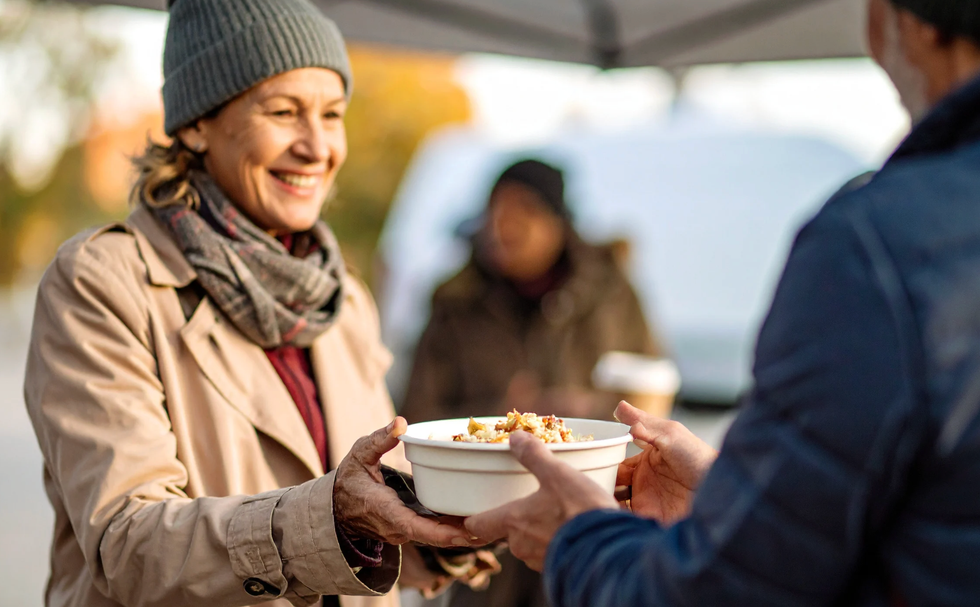 A woman hands out food to a homeless personCanva
A woman hands out food to a homeless personCanva A female artist in her studioCanva
A female artist in her studioCanva A woman smiling in front of her computerCanva
A woman smiling in front of her computerCanva  A woman holds a cup of coffee while looking outside her windowCanva
A woman holds a cup of coffee while looking outside her windowCanva  A woman flexes her bicepCanva
A woman flexes her bicepCanva  A woman cooking in her kitchenCanva
A woman cooking in her kitchenCanva  Two women console each otherCanva
Two women console each otherCanva  Two women talking to each otherCanva
Two women talking to each otherCanva  Two people having a lively conversationCanva
Two people having a lively conversationCanva  Two women embrace in a hugCanva
Two women embrace in a hugCanva 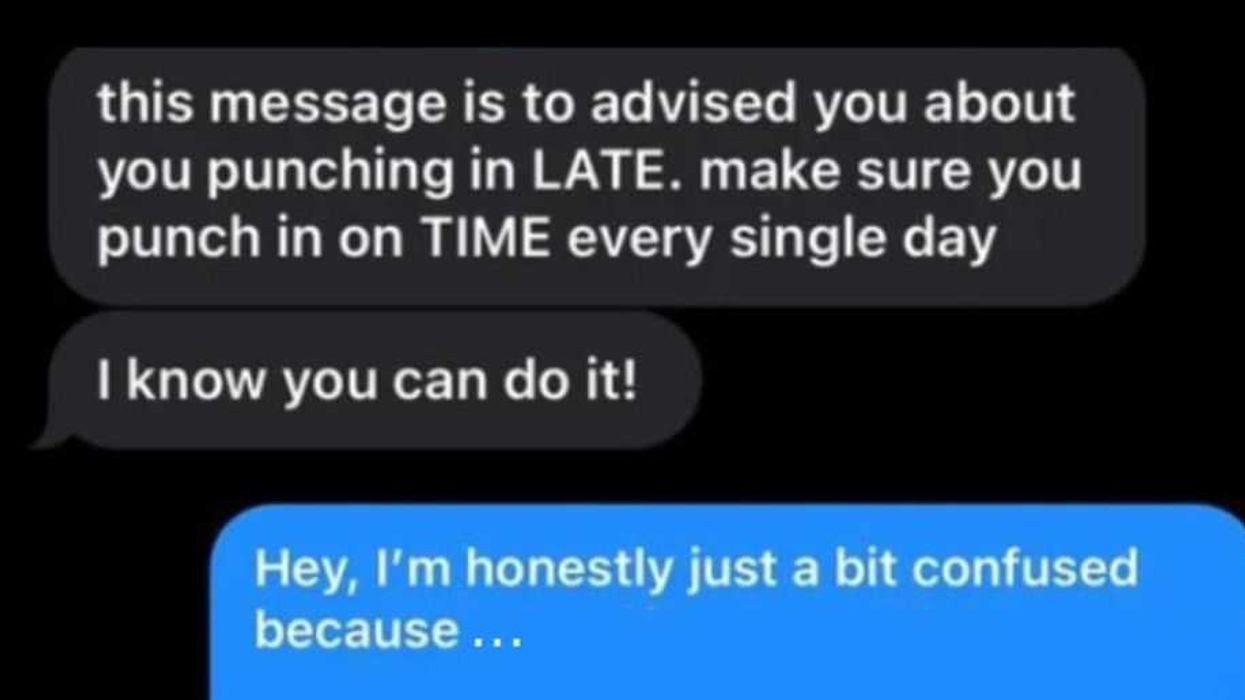
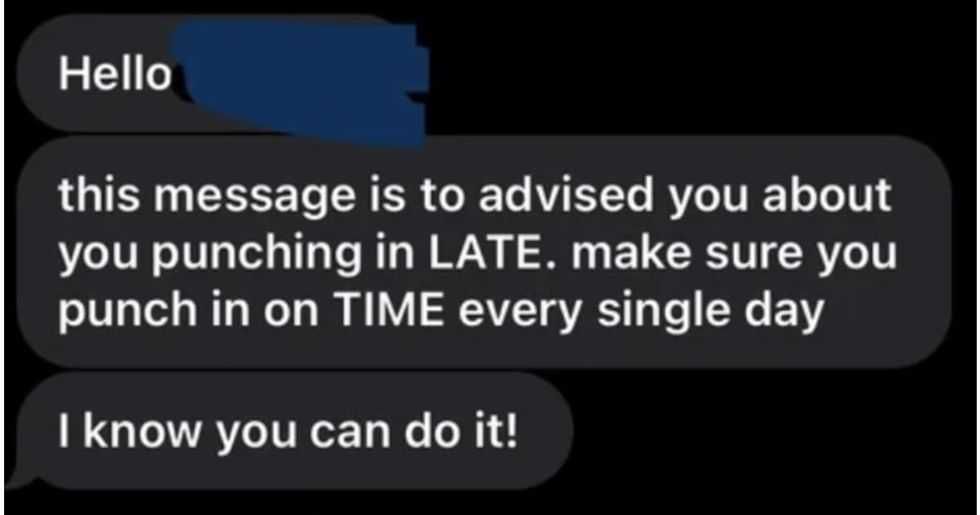 A reddit commentReddit |
A reddit commentReddit | 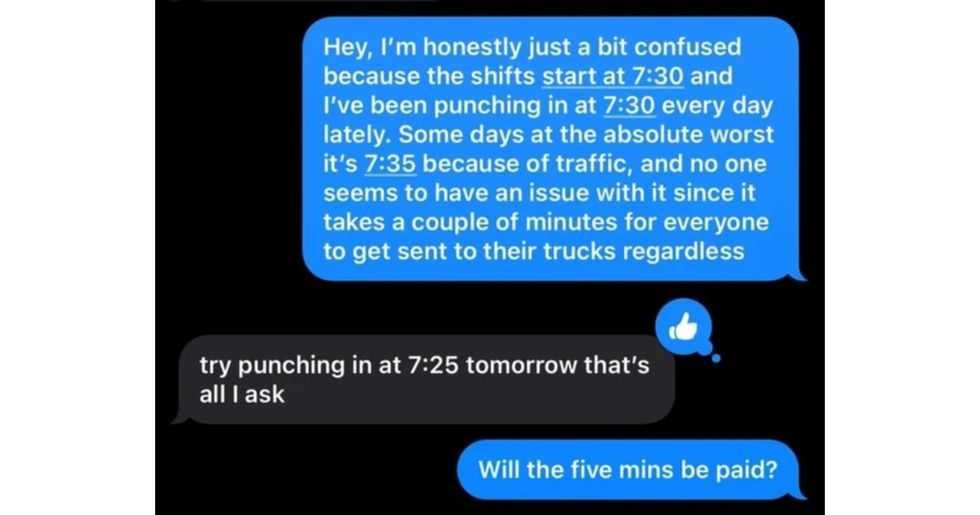 A Reddit commentReddit |
A Reddit commentReddit | 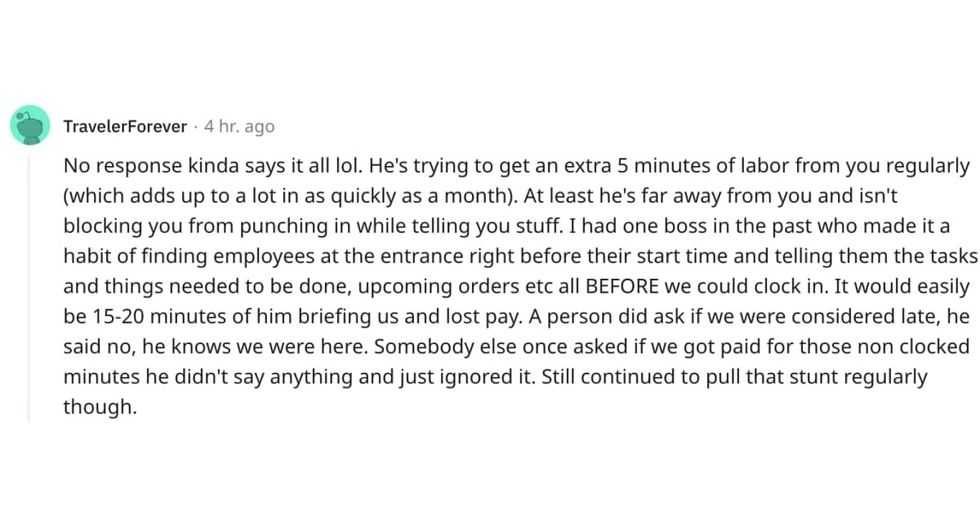 A Reddit commentReddit |
A Reddit commentReddit |  Stressed-out employee stares at their computerCanva
Stressed-out employee stares at their computerCanva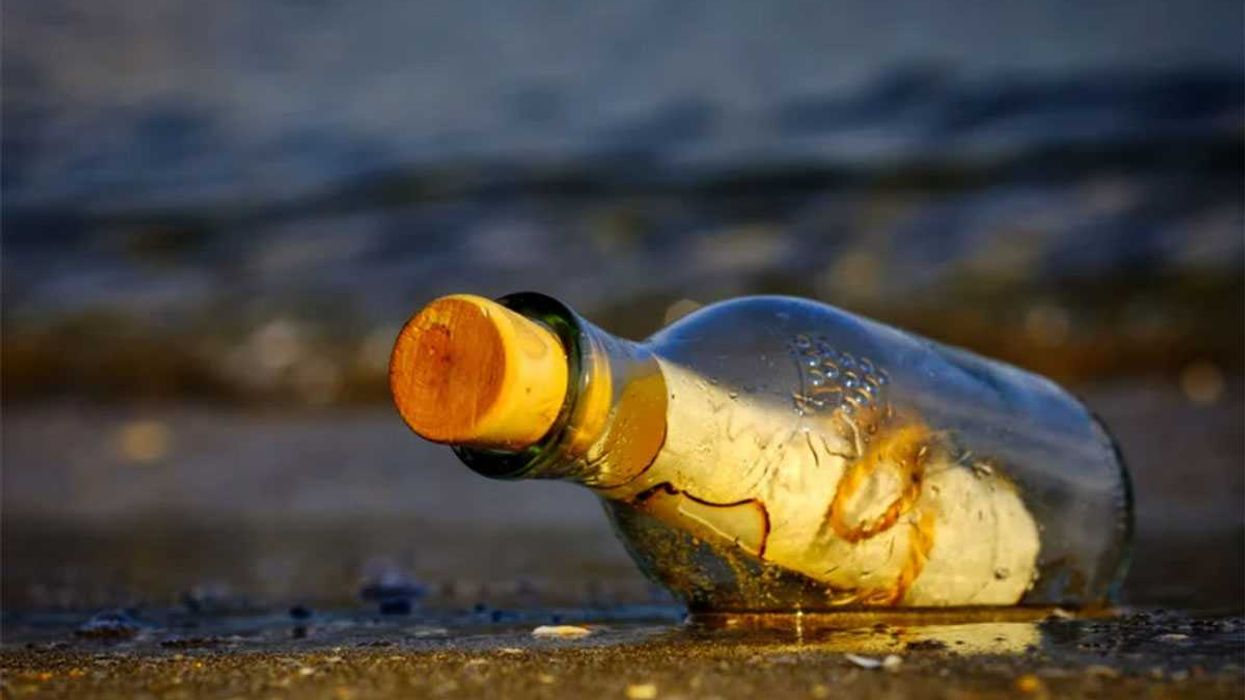
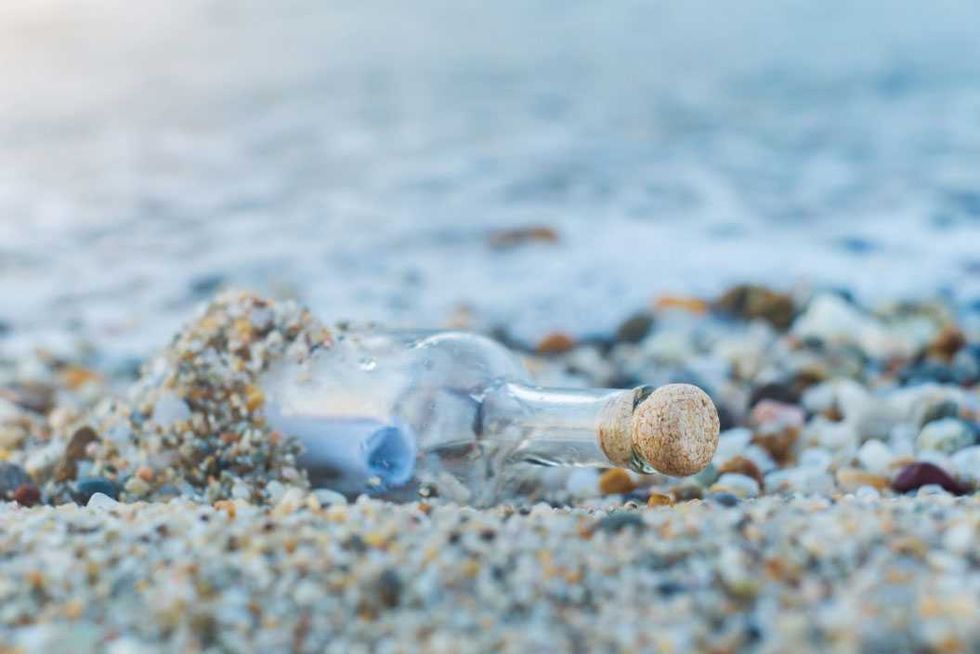 Who knows what adventures the bottle had before being discovered.
Who knows what adventures the bottle had before being discovered. 
 Gif of young girl looking at someone suspiciously via
Gif of young girl looking at someone suspiciously via 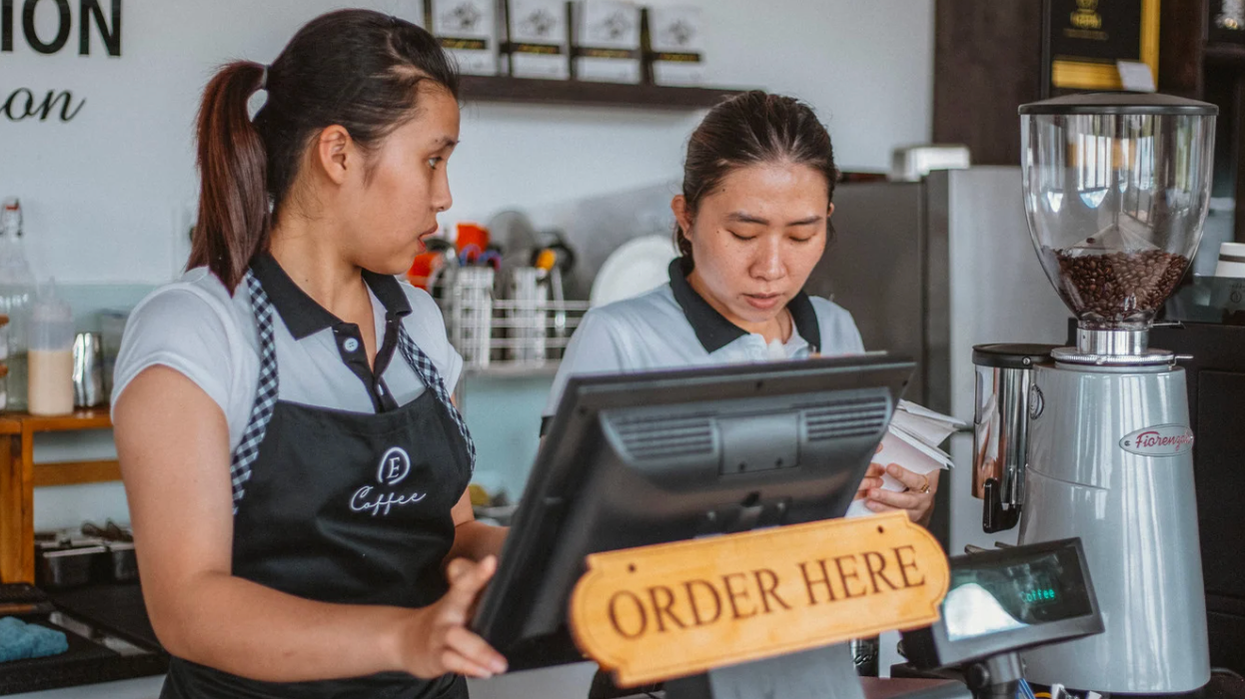
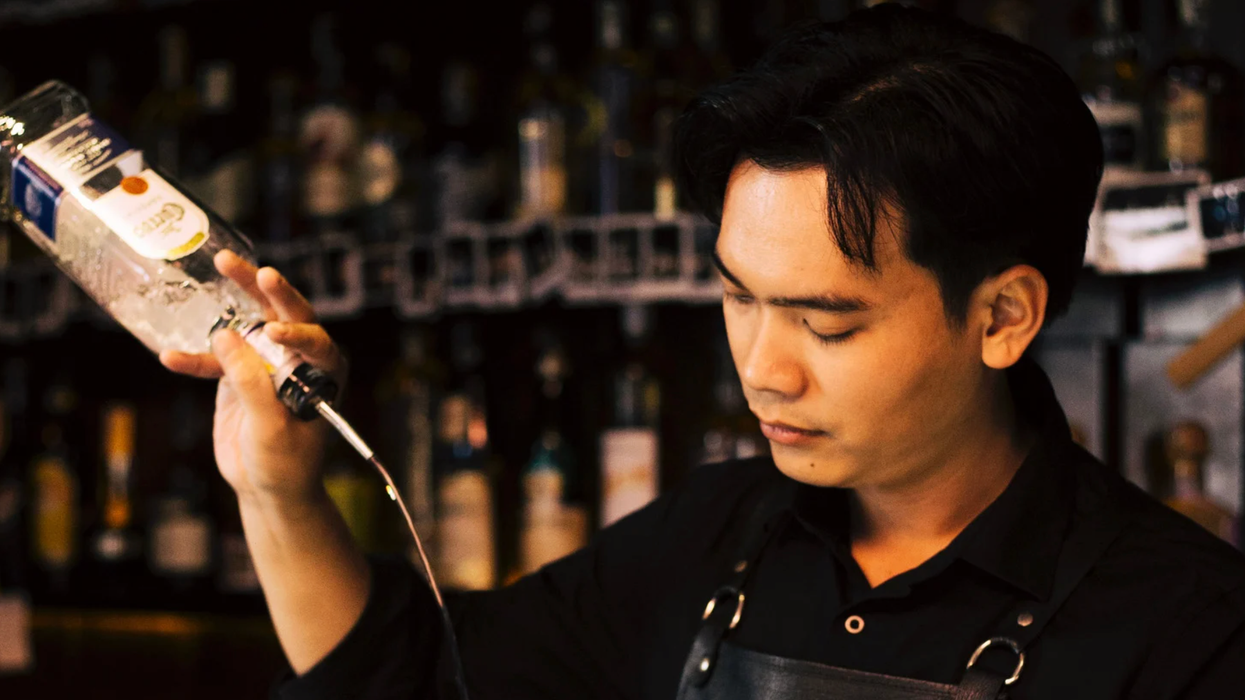
 A bartender makes a drinkCanva
A bartender makes a drinkCanva